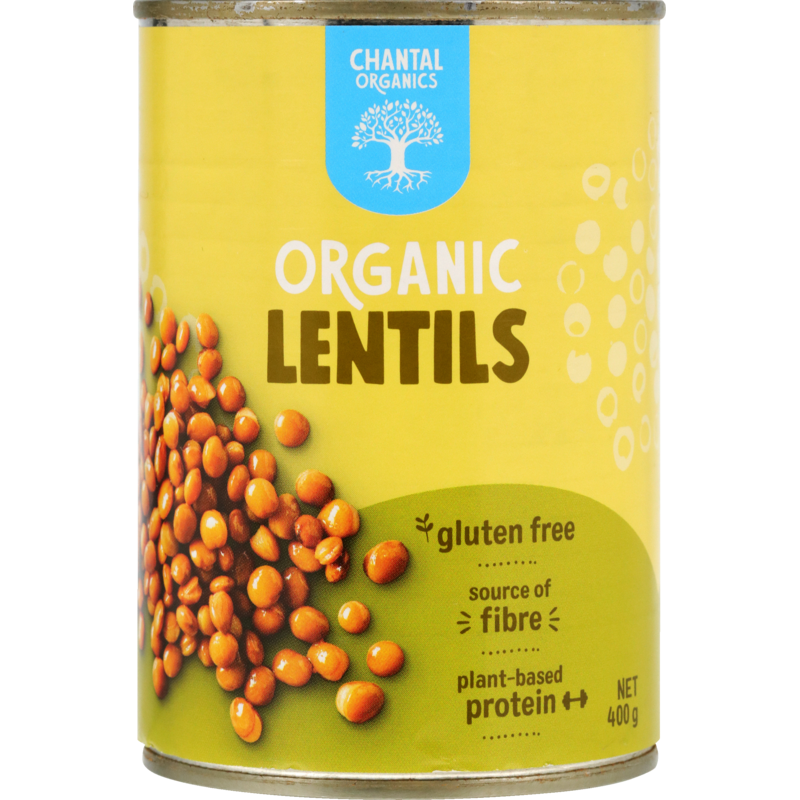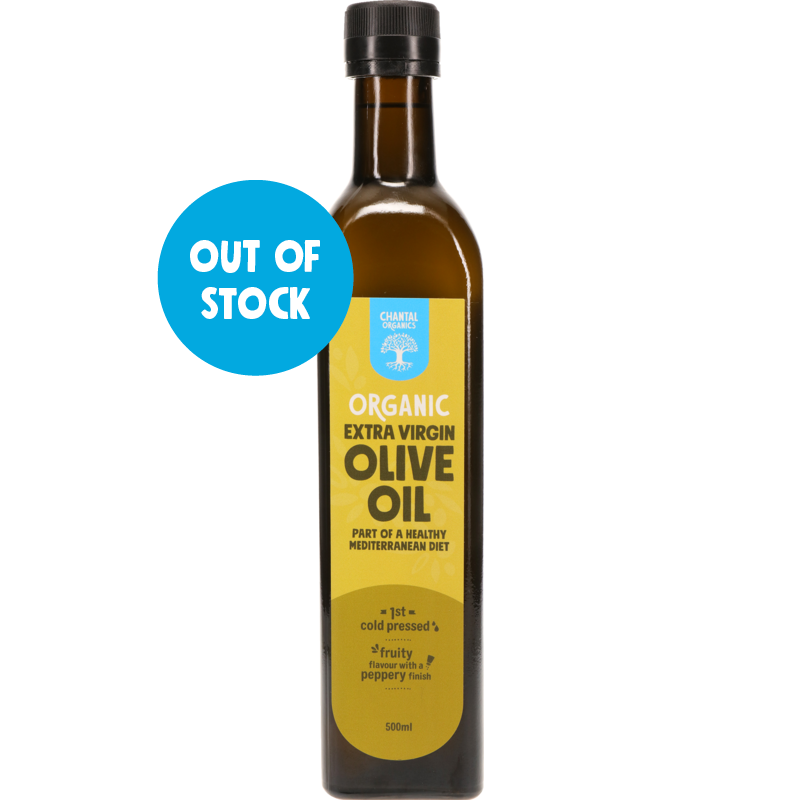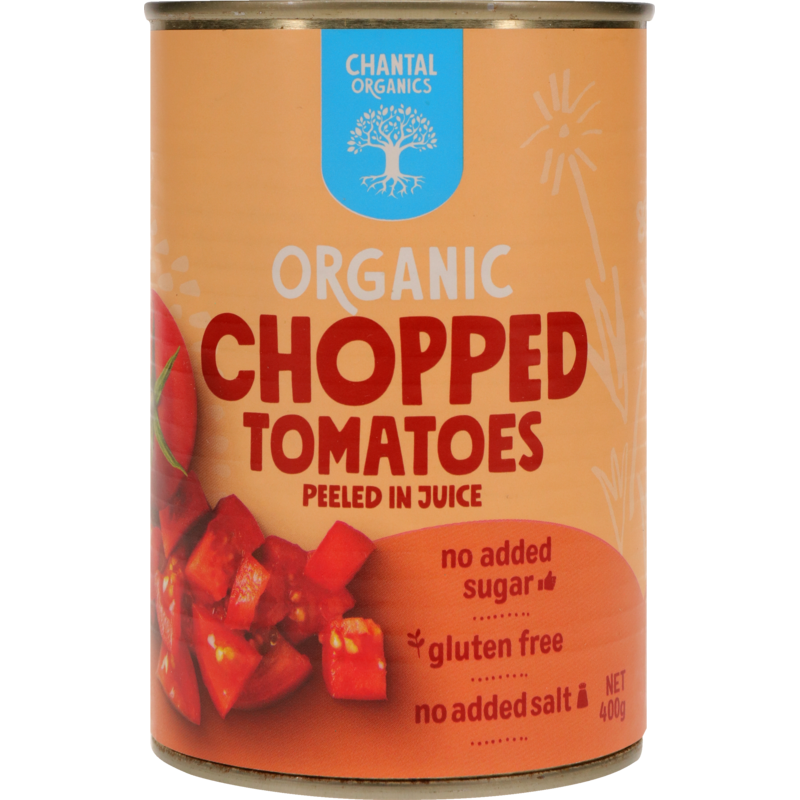
Eating fruits and vegetables that are in season naturally assists the body’s nutritional needs and supports a climate-friendly diet too.
Making a commitment to eat with the seasons, not only reconnects us to the earth but supports a sustainable lifestyle and a healthy state of mind. As you feel more connected to the world around you, you will also feel more connected to yourself, both supporting physical and mental wellbeing.
Different varieties of fruits and vegetables thrive in different conditions and seasons. Fresh, seasonal produce not only tastes better, but offers more nutrition, costs less and is more environmentally sustainable. Find out why and what to eat this winter.
3 reasons to eat with the seasons
- In season produce contains more nutrients.
Seasonal fruits and vegetables that naturally ripen in the sun contain more nutrients, antioxidants and phytonutrients. Once harvested, produce loses nutritional value the longer it is stored or transported. Eating locally grown, seasonal produce that has been recently harvested is going to offer the most nutritional value.
Choosing organic produce reduces your exposure to pesticides and has shown to have higher levels of phytonutrients and antioxidants. Read more about the benefits of eating organics here.
2. Nature provides our bodies with what it needs.
Fresh, seasonal produce offers the minerals and vitamins that our bodies need at that particular time. What amazing timing! During winter, it’s important to include more vitamin C in your diet, to support the immune system. Nature provides plenty of vitamin C in winter, not only with the abundance of citrus, but vegetables that are rich in Vitamin C too, including broccoli, kale, parsley and even pumpkin. We go into details further below.
3. Support your commitment to sustainability.
Seasonal produce thrives naturally in the correct elements, requiring less pesticides and fertilizers. Local produce, which will also be seasonal, has fewer food miles and supports domestic farmers and communities. This reduces environmental impact by cutting resource use for transportation and refrigeration.
Purchasing organically grown produce supports climate change (learn more here) and is often cheaper in season too.
What is in season during winter?
Root vegetables thrive in the cooler months of the winter. They are hearty, nutrient dense and versatile for warm, nourishing winter meals. They contain fibre, minerals, vitamins and antioxidants. Carrots, potato,kumara, fennel, and parsnips are delicious roasted, which brings out their natural sweetness and flavour.
The brassica group also flourishes in winter, including cabbage, broccoli, brussel sprouts, cauliflower, kale, kohlrabi, radish, and turnip.
Choose these dark leafy greens in winter: silverbeet, parsley, collards, Bok choy and spinach.
Winter fruits include citrus such as oranges, mandarins, and grapefruit, as well as, persimmon, apples & pears (early winter), and kiwifruit.
Eat your daily dose of Vitamin C
Vitamin C is popular during the winter months, most notably for supporting the immune system and reducing susceptibility to ills and chills.
Citrus is commonly referred to as a source of vitamin C. And while they do contain Vitamin C, so do vegetables. Let’s do a quick comparison* of Vitamin C levels per 100 g of produce, keeping in mind the RDI for Vitamin C is 90 mg daily for men and 75 mg for women.
Here is the amount of Vitamin C you will get for 100 g of fruit: oranges 59 mg, lemons 53 mg, kiwifruit 74 mg, and blackcurrant with an incredible 180 mg!
You may be impressed with cabbage at 40 mg, cauliflower 39 mg, and broccoli at 99 mg of Vitamin C per 100g.
Pumpkin has 19 mg and Kohlrabi 27 mg. What is kohlrabi you ask? It’s a brassica with a mild, sweet flavour and a satisfying sweet crunch. It’s tasty cut into sticks or grated into coleslaw. It can also be roasted, used in soups, fried or mashed.
Dark leafy greens are undoubtedly high in Vitamin C, with spinach at 28 mg, kale at 93 mg, Italian parsley at 180 mg, and silverbeet at 30 mg per 100 g.
*Vitamin C quantities have been sourced from food composition databases from the USDA, New Zealand, and Australia.
Winterise your salads
While it’s a good idea to take a break from raw salads, warm winter salads are a great way to keep your vegetable intake up. Here is some recipe inspiration to get you started:
- Use winter greens instead of lettuce. Try this Winter Bacon, Apple & Kale Salad.
- Utilise the abundance of broccoli with this Broccoli & Lentil Salad with Tahini Dressing or Black Bean & Broccoli Quinoa Salad with Marinated Mushrooms.
- Turn roasted vegetables into a salad with a ¼ cup of warm quinoa and this Tahini Dressing.
- Cabbage makes this delicious Miso Citrus Super Slaw nutritious and economical.
Warm and Nourishing Winter Recipes
Our bodies often crave warm, comforting foods in winter. Cooked vegetables are easier to digest than raw vegetables, giving the digestive system a rest.
Here are a few of our favourite recipes utilising winter’s abundance of vegetables.
- Root Vegetable Gratin with Cheesy Lentil Crumb
- Pumpkin Lentil Savoury Crumble
- Beef & Beans Hotpot
- Fig & Lamb Stew
- Sweet Potato & Beef Lasagne with Spinach
- Pumpkin Dahl
Eating seasonal packs a punch of health benefits, while reducing the load on your grocery bill. Seasonal vegetables are easy to find once you know what to look for. Keep an eye out at your local farmers market, produce shop, and even the supermarket.
To receive monthly recipes and sustainable living inspiration directly to your inbox, sign up to our newsletter at the bottom of this page.
PRODUCTS MENTIONED








